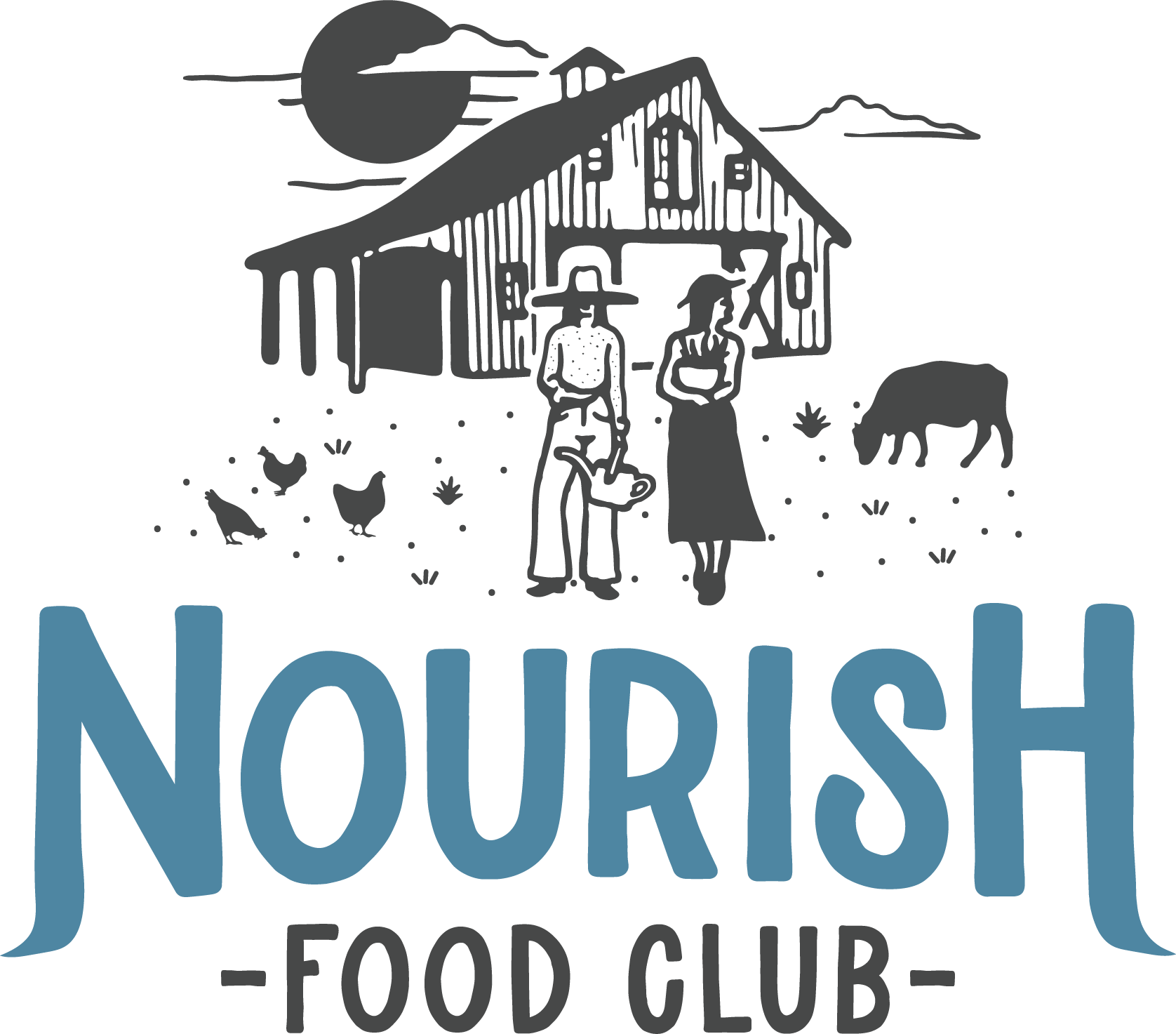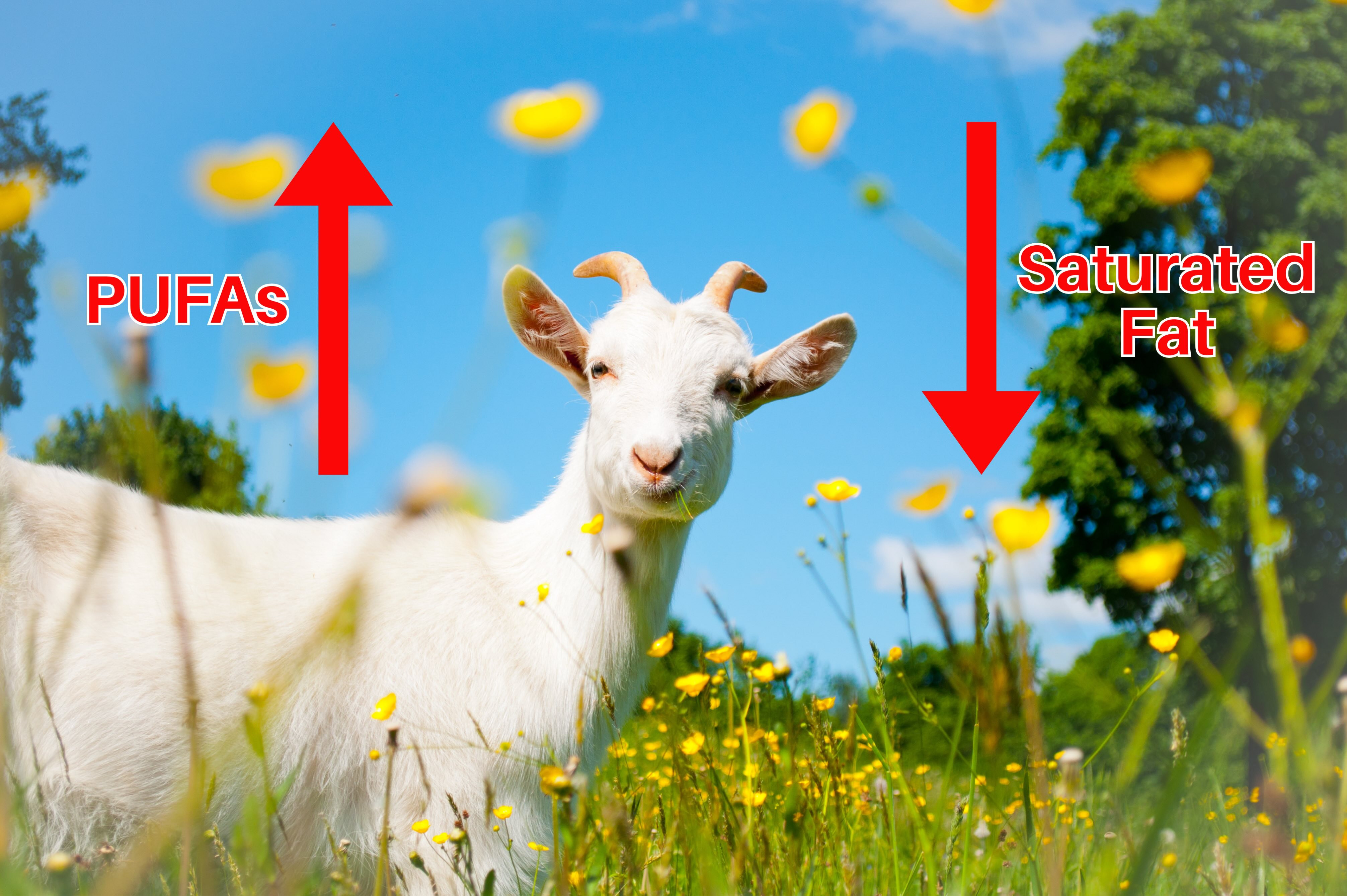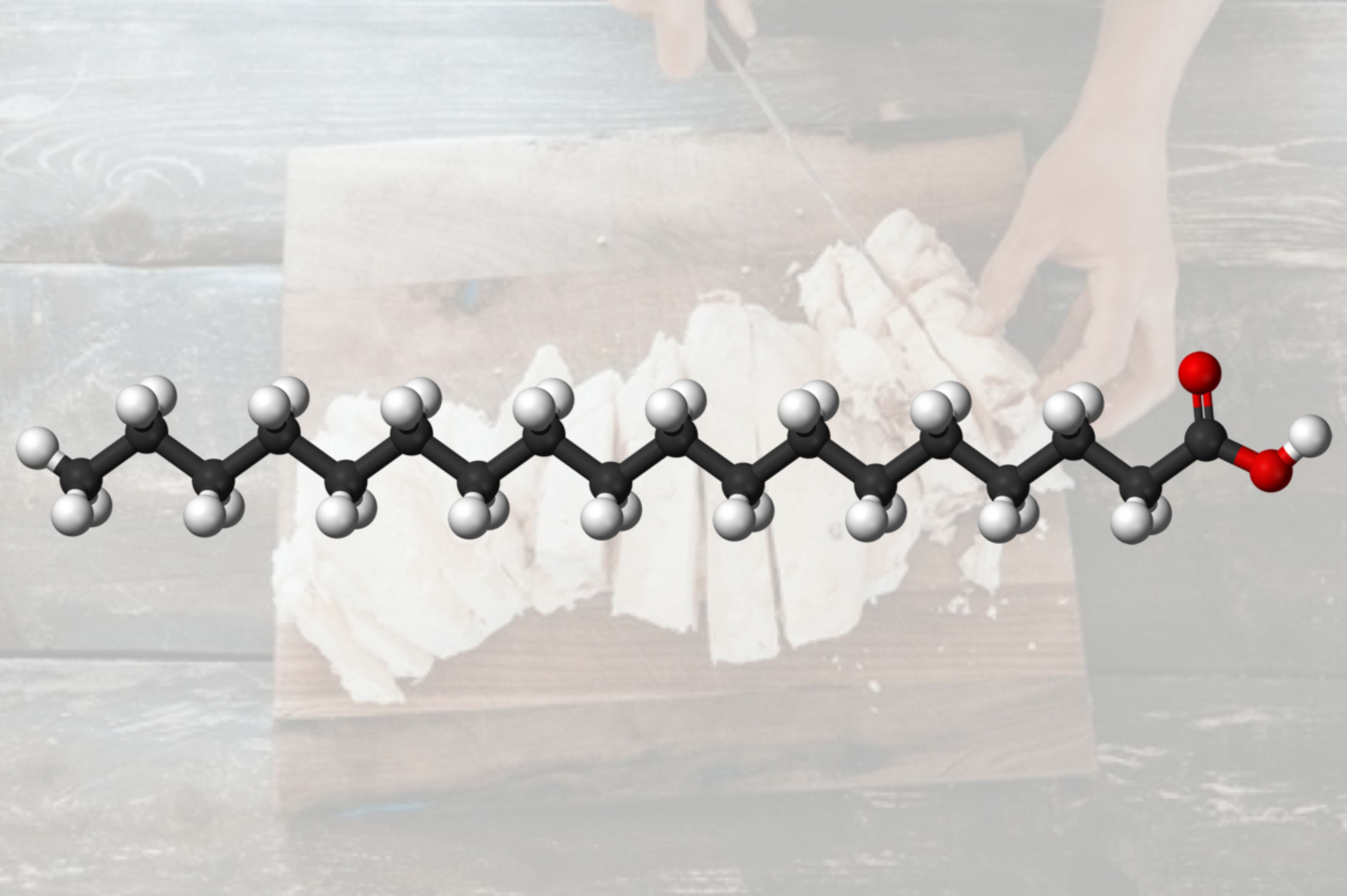The Beauty of Butter
posted on
May 11, 2024
Is butter the healthiest fat to exist? I think so!
However, sourcing is important! (More info why discussed below)
Butter tastes delicious, and likely for a reason. As it contains a number of health benefits. (You betta be eatin butter!)
1. It has one of the best fatty acid profiles to exist
Look at that low PUFA percentage!

Remember, the type of fat we eat, matters. The fat we consume is used as a fuel source, but it is also used to make up structures inside of us AND the types of dietary fat we consume serve as signaling molecules - impacting metabolism, gut health, cellular repair, & more.
We have been lied to - saturated fat IS good for us and increasing PUFA/lower saturated fat does not increase the risk of CVD. (ref, ref)
A high PUFA diet can...
- damage gut lining
- lower metabolic rate
- negatively impacts your ability to use glucose
- cause damage throughout the body since PUFAs are unstable molecules that can be oxidized into damaging peroxides and aldehydes
Mainstream doesn't like to talk about this since it goes against their 'story' that PUFAs are good for us and saturated fats are bad for us - but there is a well documented 'dairy fat paradox' in the literature (ref), where the saturated fat in dairy products is continuously found to be health promoting, despite mainstream labeling saturated fat as ‘bad’.
Unfortunately, this is ignored and the widespread mainstream lie that saturated fat is bad/PUFA is good is convincing people in the industry to try to manipulate Mother Nature and change the fatty acid profile of butter.
They are able to reduce saturated fat by 20% and increase PUFA! (ref) Linoleic acid (the nasty Omega 6 PUFA in vegetable oils) is normally only about 2% of the fat in milk naturally. Unfortunately, feeding oilseeds and other rumen protected fats can increase the LA concentration up to 6.5%.(Ref) This is not what we want!
Unfortunately, some big name butter brands out there feed their cows GMOs and another big brand provides linseed oil as feed, which is well-documented to increase the PUFA concentration in dairy...
What cows eat, and how cows are raised, matters.
2. Grass-Fed Butter contains is a rich source of fat soluble vitamins
Grass-fed butter contains more retinol (Vit A), Vitamin D, and Vitamin E than conventional (ref, ref, ref) - containing more than 50% of the RDA of Vit E in just 1 tablespoon!
Grass-fed butter is also one of the best sources of Vitamin K2 (ref), as pasture-eating livestock convert the Vitamin K1 in the grasses into Vitamin K2-MK-4. (So, conventional butter is not a significant source) Vitamin K2 is taken up by tissues throughout the body and protects tissues from calcium deposits since it helps calcium go where it is supposed to go, preventing blood vessel calcification.(ref)
K2-MK4 serves an exclusive role in cancer prevention & sexual health since it regulates gene expression relative to cancer development & sex hormones. (ref) An observational study of 11,000 men found that a high K2 intake was linked to a 63% lower risk of advanced prostate cancer (K1 had no effect) (ref)
Vitamin K2 also plays a role in improving metabolism and energy production by reducing reductive stress and improving the NAD+/NADH ratio, since it can serve as an electron carrier and reduce electron build up. “Mitochondrial dysfunction was rescued by vitamin K(2) that serves as a mitochondrial electron carrier, helping to maintain normal ATP production” (ref)
Weston A Price also found that the soil in which the pasture the cows eat grows on influences the quality of the butter - only the butter produced on pastures with rich top soil showed dramatic curing properties. (All of our dairy farmers practice regenerative agriculture with rotational grazing, building top soil with every move!)
3. Grass-Fed Butter contains health-promoting phytonutrients
Phytonutrients are compounds like terpenoids, phenols, carotenoids and tocopherols found in plants that are well documented to have anti-inflammation and anti-cancer properties.
Well, what's not commonly discussed is the presence of these in dairy products when cows (and ruminants) eat luscious, diverse pastures that are rich in phytonutrients - those phytonutrients are passed into the milk!
“Forage selection by livestock impacts the phytochemical richness of meat and dairy products, with greater botanical diversity resulting in both a wider variety and higher concentrations of health-promoting phytonutrients in meat and milk... Conversely, these phytonutrients are typically undetectable or present in lower concentrations in meat and milk from animals fed grain-based concentrates in confinement. The presence of phytonutrients in animal foods currently remains underappreciated, and is virtually unheard-of in discussions of nutritional differences between pasture-raised (grass-fed) and feedlot-finished (grain-fed) meat and milk…It is in the expanded pool of phytonutrients (e.g., terpenoids, phenolics, carotenoids, and tocopherols) where substantial differences between grass-fed and grain-fed meat and milk are observed.” (ref)

The effects of livestock production systems on the phytochemical richness of milk. From (ref).
4. It is rich in cholesterol (which is good for us)
It is not widespread info since it conflicts the mainstream narrative, but did you know that the USDA reversed its position on dietary cholesterol in 2015? ""...available evidence shows no appreciable relationship between consumption of dietary cholesterol and serum cholesterol... Cholesterol is not a nutrient of concern for overconsumption." (ref)
Dietary cholesterol in butter is good for us!
"Cholesterol, either that produced internally by the cell, or taken in from the blood stream, is the precursor for all the steroids in the body. Several of the major steroid hormones are anti-inflammatory, and cholesterol itself is anti-inflammatory (Mikko, 2002; Kreines, 1990). Cholesterol also protects against radiation damage, and many forms of toxin (MacCallum, 1937); many more recent studies show that it protects blood cells against hemolysis--breakdown of red blood cells--caused by heat and other harmful agents (Dumas, 2002; Velardi, 1991)." - Dr. Ray Peat
5. Butyrate in butter is good for the gut
Butter contains butyrate, which is a short chain saturated fatty acids (SCFA). SCFAs improve gut barrier function and improve microbiome diversity (ref), likely because SCFAs play a vital role in A) feeding the cells that line our guts and B) serving as signaling molecules to encourage the right type of energy production.
The cells that line our gut can produce energy 2 ways: through beta oxidation of SCFAs or glycolysis (the inferior way since less energy is produced and less oxygen is consumed). The preferred fuel source for the cells that line our gut is SCFAs - which we obtain from butter or from microbes in our gut breaking down dietary fiber).
These SCFAs are not only used to make energy, but the presence of them in the gut is actually what signals to these epithelial cells to perform beta oxidation instead of glycolysis. (ref)
6. Butter contains CLA
Grass-fed butter is a significant source of CLA (Conjugated Linoleic Acid, a type of fatty acid). CLA is associated with a lowered risk of heart disease and may help prevent type 2 diabetes by improving glucose tolerance and insulin sensitivity. (ref, ref) CLA has also been shown to reduce cancer risk, reduce body fat and promote weight loss. (ref)
7. Butter is one of the best sources of health-promoting odd-chain saturated fatty acids (OCFAs)
OCFAs now have a wide spectrum of health promoting effects such as anti-obesity, anti-diabetic, anti-inflammatory, anti-fibrotic, anti-cancer, anti-depressant, anti-neorodegenerative, pro-metabolic, anti-aging, and even life-extending. (ref, ref, ref, ref, ref, ref)
Our ancestors (who were healthier than us and had significantly lower rates of chronic disease and obesity) ate 1-2 tablespoons of butter per day (not margarine!)

'Market list' from 'Warne's Model housekeeper', 1882.
But sourcing was a little different back then... before CAFO dairy barns.
Grass-fed butter from regeneratively-raised cows IS better:
- more nutrients
- no GMOs
- natural fatty acid composition (no manipulation)
- no toxins & medications
Did you know that pesticides and antibiotics in conventional dairy are passed into the milk? (ref) (And thus, the butter)

Looking for a good source of 100% grass-fed butter?
Caution: Please keep in mind that this product is intended for external use only, and not for human consumption. The Government has determined that raw (non-pasteurized) dairy products may contain pathogens that may cause illness, such that the consumption of raw dairy products by humans may significantly increase the risk of food-borne illness. Accordingly, this product is FOR COSMETIC PURPOSES ONLY, and is not intended for human consumption. As such, a healthy environment & cleanliness are our top priority, so these products are produced with the same rigorous standards as human food.
SHOP THE BEST BUTTER NOW
Currently on sale! (and extra bright yellow due to the spring grasses!)
Stay saturated,
Farmer Ash
(Ashley Armstrong)



